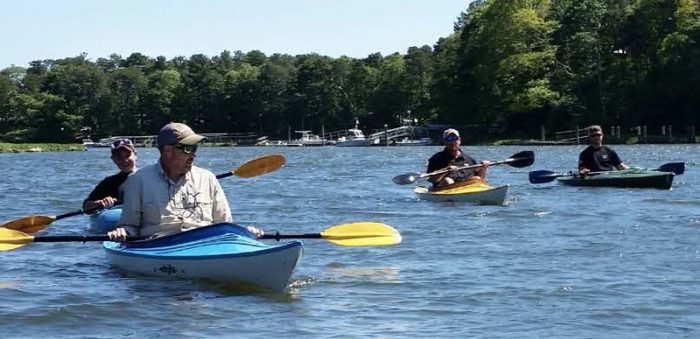NOAA Fisheries published a new report revealing that viewing or photographing the ocean was the top activity for ocean lovers in the U.S. in number of participants, days spent, and how much people paid to do it.
Namely, almost 49 million adults over 18 years of age nationwide took part in ocean and coastal recreation, spending more than 1.2 billion days along the coasts and spending over $141 billion in ocean recreation-related goods and services. That spending supported more than 3.1 million full and part-time jobs, $409 billion in income to businesses, and $135 billion to household incomes.
[smlsubform prepend=”GET THE SAFETY4SEA IN YOUR INBOX!” showname=false emailtxt=”” emailholder=”Enter your email address” showsubmit=true submittxt=”Submit” jsthanks=false thankyou=”Thank you for subscribing to our mailing list”]
The wide-ranging survey was conducted in 2012 and 2013, when focus groups, one-on-one interviews, and other techniques tested the survey design before the main survey period began in March 2012. Every two months for a year, survey respondents were asked details about their ocean-related activities in the previous two months to account for seasonal activities.
The online survey focused on eight categories of activities:
- Recreational fishing;
- Recreational shellfishing;
- Hunting waterfowl or other animals;
- Viewing or photographing the ocean;
- Beachcombing, tidepooling or collecting items;
- Water contact sports;
- Boating and associated activities;
- Outdoor activities not involving water contact.
The Pacific region, with 48% of the U.S. ocean shoreline, had the largest number of participants, days involved, and ocean recreation-related spending. Nearly 14 million participants spent 382 million days in an ocean activity and spent over $39 billion on trip-related goods and services. The Mid-Atlantic region, with 12% of the nation’s ocean coastline, was second in the number of ocean recreation participants, with over 10 million people enjoying the region’s coastline.
The New England region had the smallest regional share with 5.6 million ocean recreation participants spending 135 million days and $11 billion along New England’s coast, which is about 7% of the U.S. ocean shoreline.
Coauthor Rosemary Kosaka from the NOAA Fisheries Southwest Fisheries Science Center laboratory in Santa Cruz, stated:
This study is an important contribution to our understanding of how a wide range of ocean and coastal activities contributes to our national and regional economies. It is the first study to estimate participation and effort levels, and the economic contribution of these activities, using data collected from ocean recreation participants from all 50 states and the District of Columbia—not just coastal states.






























































